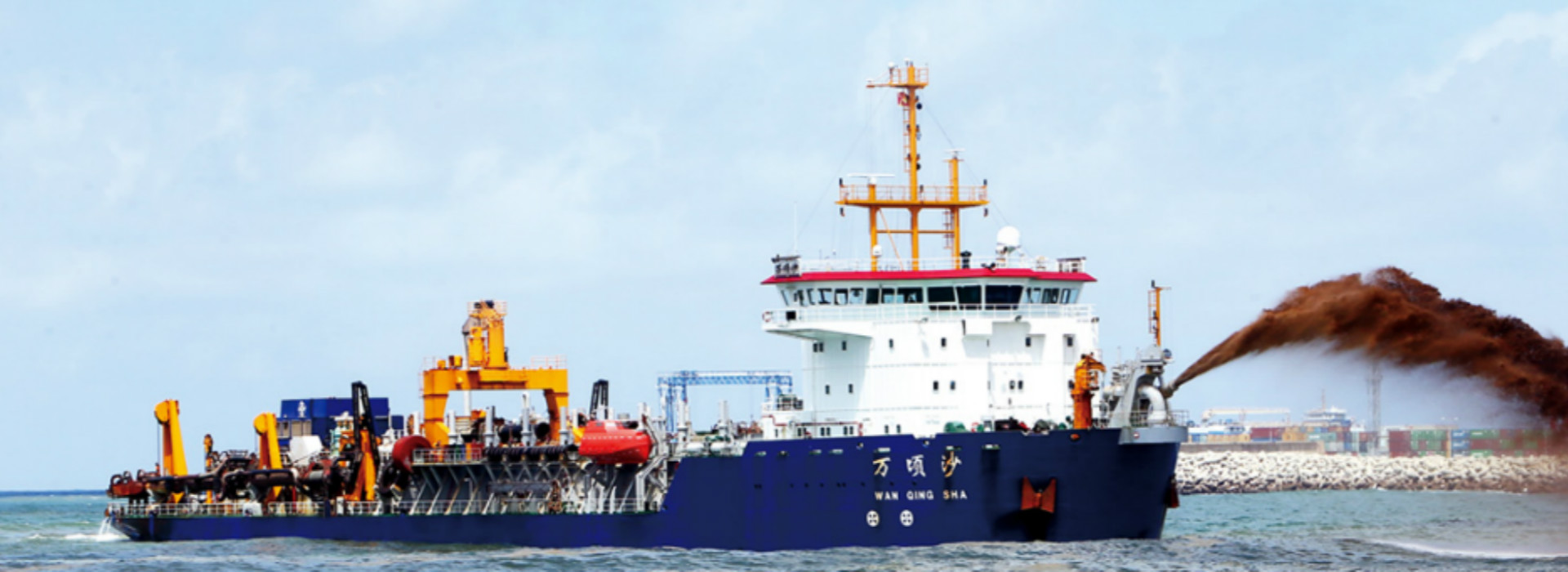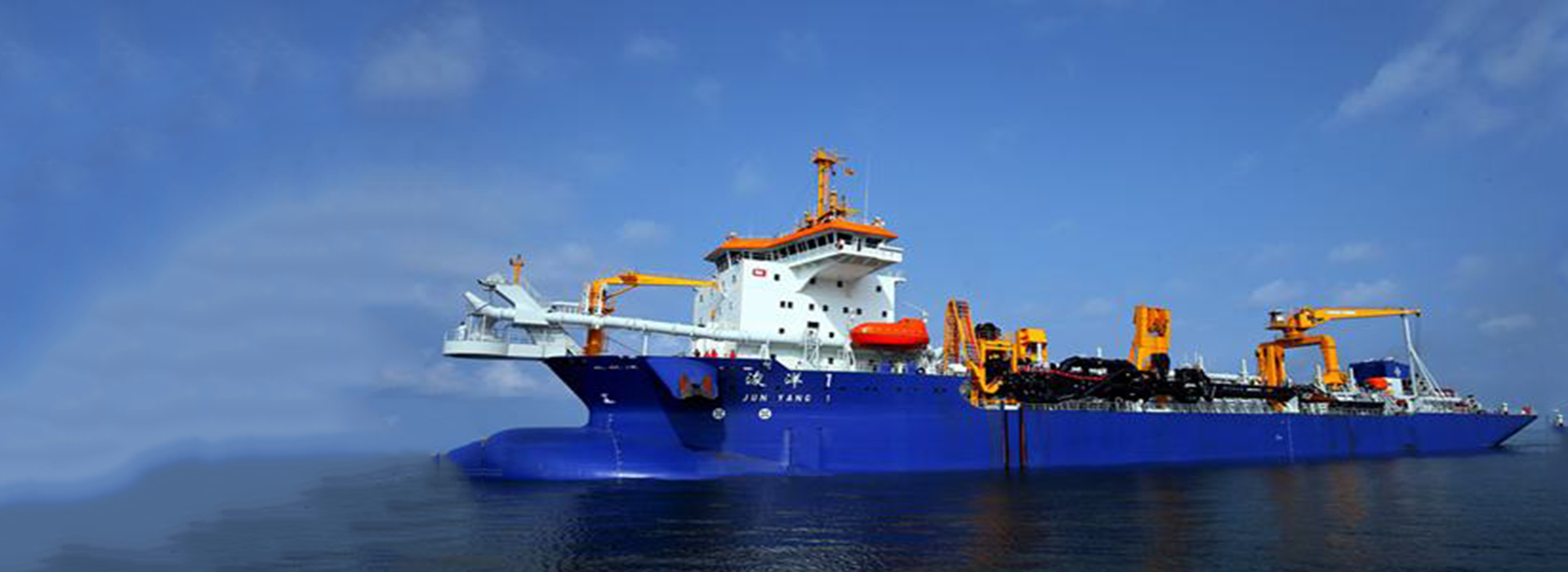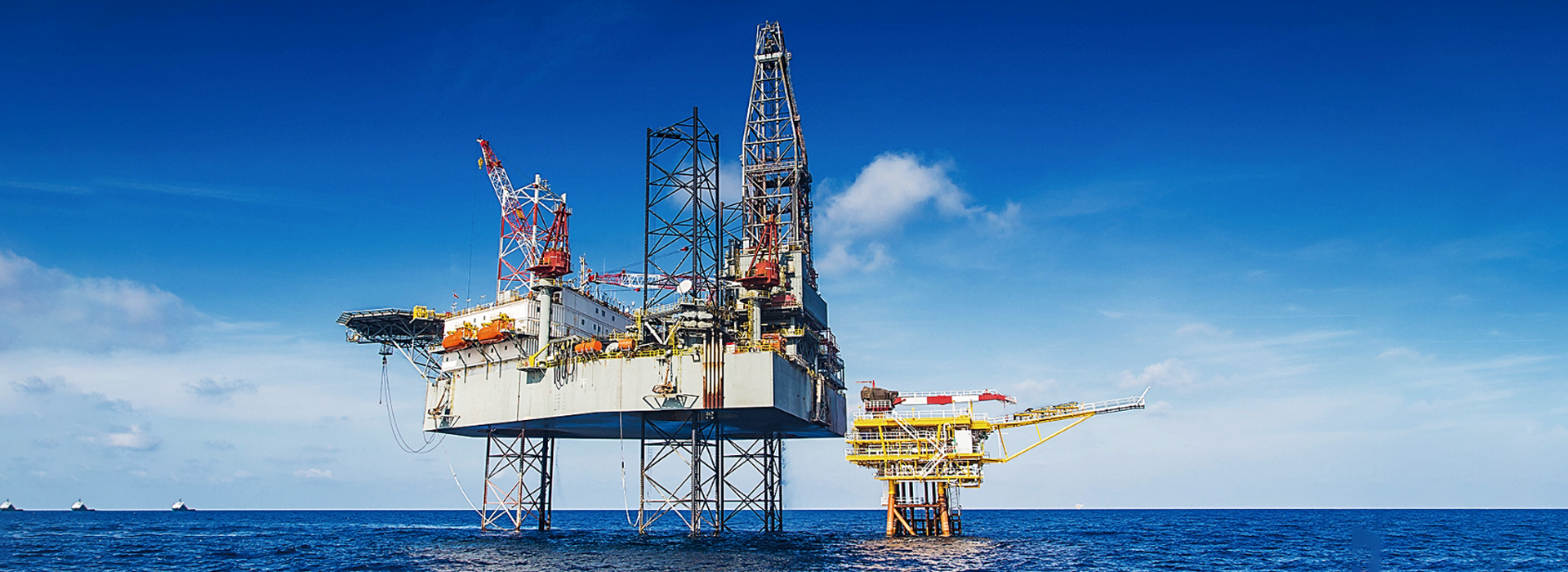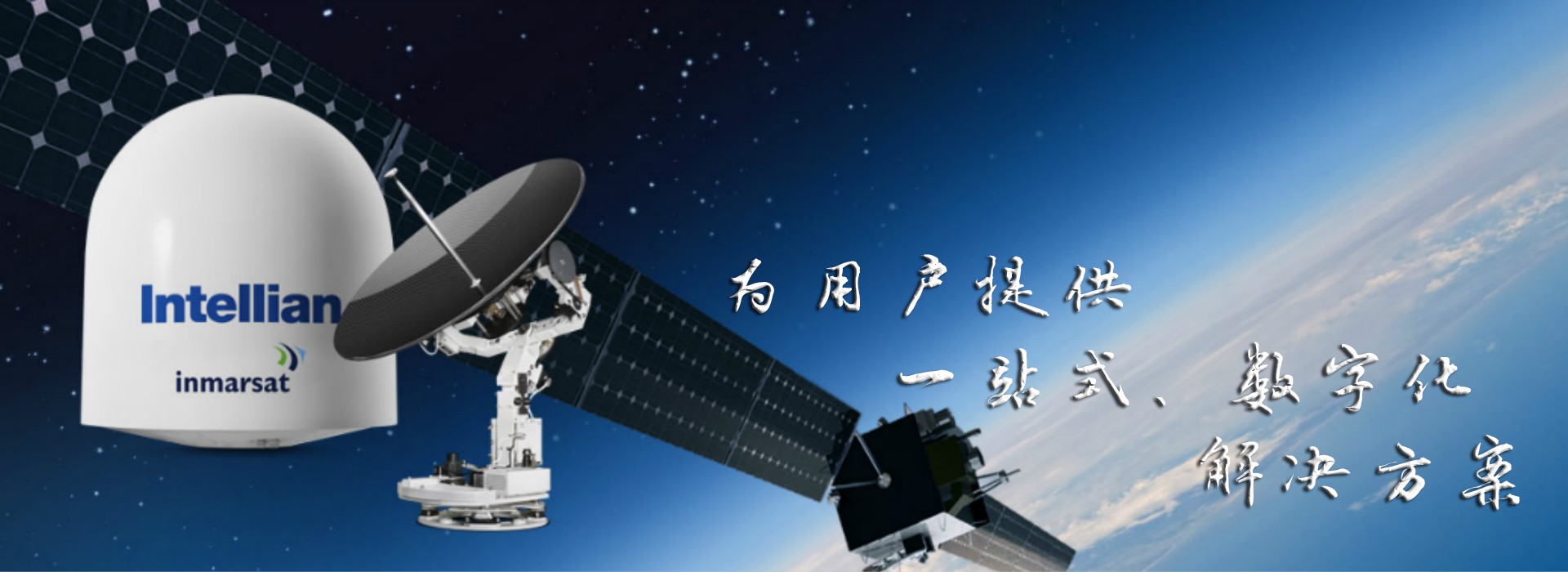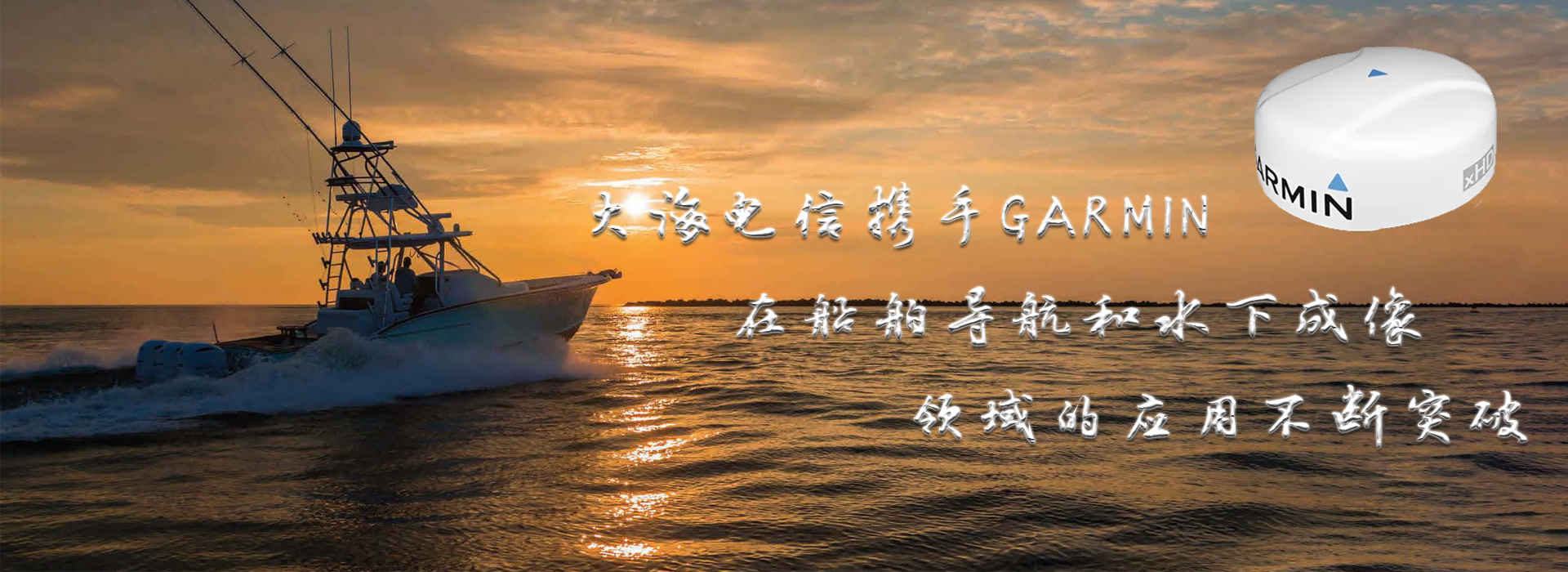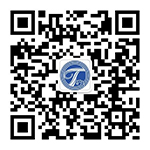Doppler Current Meter
1.The new JLN-650 Doppler current meter continues the tradition of enhanced acquisition of speed and tidal current data, but now with a newly designed transducer and the integration of an extensive range of function and features.
You can view the current direction and speed in up to 100 layers with the twist mode. With this advanced feature, an operator is able to anticipate current speed and direction, enhancing the timing on when to deploy the nets in the water. Naturally, the twist display mode is accompanied with a wide range of information, such as current speed range, depth range, temperature and so on.
The bottom layer (E) has the ability to automatically shift and display the measuring depth according to the ups and downs of the sea bottom. This is a great source of information for efficient fishing and for the safety of your nets.
Normally run automatically, the new JLN-650 allows bottom tracking with depths up to approximately 400 meters1, measuring direction and speed relative to the sea bottom. If sea bottom becomes too deep, it automatically switches to water tracking mode or through GPS mode, depending on user selection.
The JLN-650 Doppler current meter allows continuous display of tidal currents at five depths layers (A, B, C, D, E) simultaneously, of which each layer is measured in four directions: port ahead, starboard ahead, port astern and starboard astern. The user can select the depth of each layer, showing different information. You can also select bearing2 displayed as North-up (with true north at the top of the display) and Head-up (with bow at the top of the display).
You can view fish echoes in four-directions, two-directions ahead, or in any one direction, allowing for easy fish tracking. Just as any typical fish finder, you can set the display to the type of fish or sea conditions simply by adjusting the sensitivity.
1. Maximum tracking depth may vary according to sea bottom conditions
2. Heading input necessary

